There must be something magical about outdoor sheds that makes them so attractive to bees. Removing hives from a shed is one of the most common places we remove bee hives. Sometimes they will attach under the eve of the shed. Every now and then they will build a hive inside the shed, but usually they are underneath the floor. Whenever we go out to look at a bee infestation in a shed, nine times out of ten the bees will be building a hive underneath the shed floor.
I suppose it makes sense. Sheds are usually lifted a half foot above the ground, which makes a nice open void space under the floor where the bees feel protected. It’s nice and cool, and depending on the owners, may not be visited a lot. There is usually ample room to build hive, honeycomb, and wax. We have pulled some giant hives out from under shed floors. Check out this job:
The hive on this job weighed almost 40 lbs. Not the biggest hive removal job, but not a small job either.
The process of removing a hive from under a shed is fairly straightforward. The hardest part of the job is often determining where the hive is….after all, we don’t want to have to open the entire floor, right?
Once we have the hive exposed it’s all muscle work. Scraping and cleaning out all the hive, honeycomb, wax, and bees. Its important to clean it thoroughly or else the bees will return. Bees are attracted to the smell of honey and hive material, so if we don’t clean it out entirely, we risk re infestation.
Recently we removed a similar size hive from a shed…but we removed them live. Thanks to new technology that involves a specially designed vacuum, we were able to open the floor of the shed and remove the bees alive. After scraping out and saving all the honey and wax, we relocated the bee colony to a bee farm. Stay tuned to this blog for a video of that removal which is going through editing and should be posted live in a week or two.

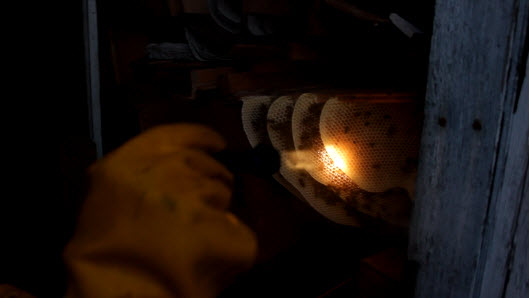
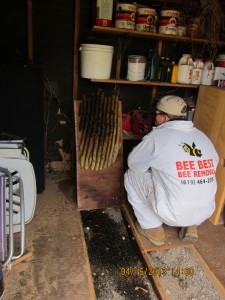
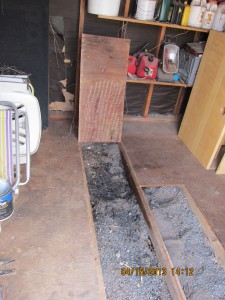
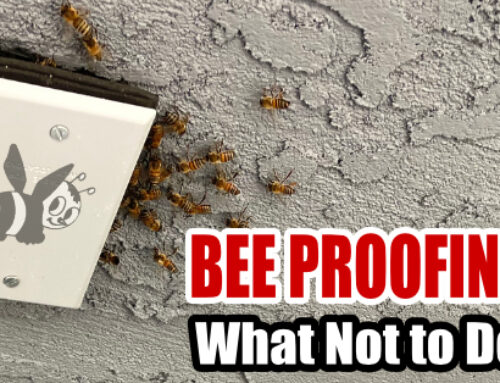
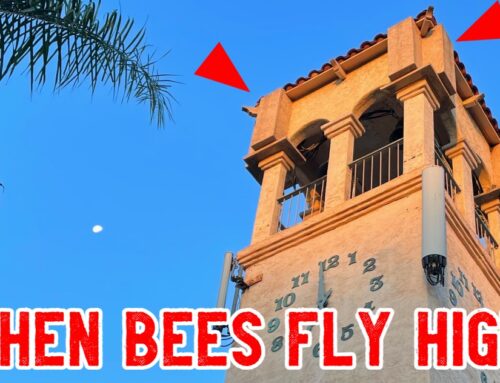
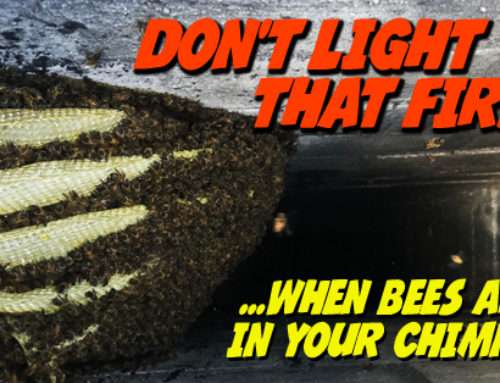
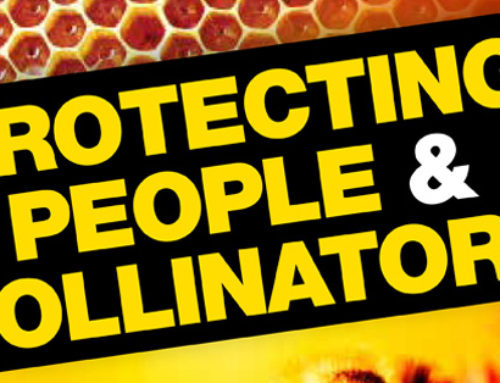
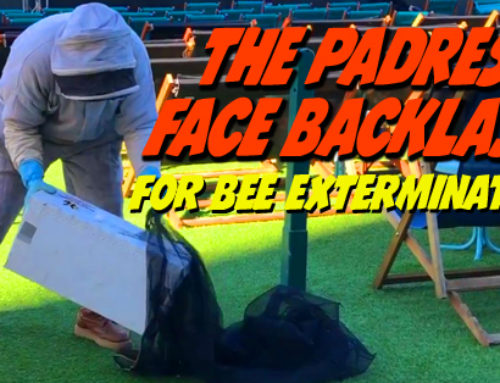

We have a metal shed that is older with loose floor boards that are on top of the ground, and lately have noticed quite a lot of bees flying around the opening of the shed, in the area of the bottom of the sliding doors. My husband has been bitten several times by the bees. He goes into the shed at least 1 or 2 times a day, and of course makes noise and stirs up the bees. How can we keep the bees from building their nest under our shed?
Hi Bradley. Based on your description, it sounds like the bees have already built an established hive. In order to solve the problem long term, the bees and the hive need to be removed from under the shed. Once the hive has been completely cleaned out, the sides of the shed at the floor need to be screened off (bee proofed). Be sure to use 1/8 inch galvanized hardware cloth. Don’t use standard 1/4 inch screen. It is too large and will be ineffective. Also be sure prime the area where the hive was attached, after scraping out the hive. It will mask the scent of the pheromones and reduce the chances of re infestation.
I’ve had an exterminator out he’s sprayed all around but it doesn’t seem to have had slightest effect. What do you reccommend
Hi Joanne. If the hive is well established, spraying alone is not going to solve the problem long term. The reason for this is that the hive under the shed will eventually attract a new swarm of bees. Bees love to re infest areas next to old abandoned hives. The bigger the hive, the quicker and more likely a new swarm will return. For the best long term results, the hive should be removed from under the shed. Thant means the floor needs to be opened and the hive scraped out. After the bee hive is thoroughly cleaned out, it is best practice to mask the pheromones on the wood with a primer (like killz). Hope that helps.
My hive is under a 20ft long metal shipping container. So removing the floor is not an option. I have sealed off the large 5×14 holes (4) that are used to transport the container. I’m now mounding small gravel around the container to cover the 1-2″ space between the container and the ground. I left a 1″pvc pipe that’s threaded so I could open it and spray inside. Will blocking of their access cause them to vacate?
Blocking off the bees access point is never a good idea. They will find another way out and in some cases it makes the matter worse. Usually with shipping containers we have to get cranes to lift it up so that we can get to the hive. Even if you spray it, other bee swarms will continue to repopulate until the hive is removed. Let s know if you have any other questions. Thanks
Whilst at my Mam’s today I noticed about a dozen or so bees flying around the bottom of the floor when I took the lawnmower out.The shed is concrete,I don’t want to harm the bee’s,what should I do?
Hi Janet. If the bees are under the concrete, it may be a very difficult job to perform live. I would try to contact a beekeeping society in your area. There may be beekeepers who can tell you if the bees are able to be saved.
Hi
We have a bees in iur back garden wooden shes, they have made a hive in a tv box which has been in the shed. These bees are there for the last few months.
What shll we do? Shall we leave it as it is or seek some help to get it removed?
Hi Aleena. In general, the longer you wait to remove a hive, the more difficult and expensive it is to remove it. I would definitely seek the help of a bee removal company and have the hive removed humanely, if possible. If not, contact a local pest control company in your area to help resolve the problem.
Hi, i like bees and i have small hive (i think) under my shed as i dont so see many flying in / out and was thinking of blocking off the small entrance in the winter time, will this work and will i unfortunately kill some of them ? – ps they dont bother any of us they just get irritated if we leave the shed door open !!
thanks
Niel
Blocking the entrance is not advised. Most of our emergency calls come from when folks block the entrance to a hive. Bee’s have a short natural life cycle but will not die if you block them, usually they find another way out. I would recommend you hire a bee removal specialist to remove them live.
Good day we have some bees in our wood molding for the garage. They seem to fly in various areas of the wood. How do we get rid of them as we are preparing the have the garage wood molding and roof repaired.
Thanks, VBraxton
I have a small 3×4 plastic shed I only open twice a year. I just opened it and a few bumble Bees came out from under it . I watched them and eventually they found the entrance and went back under. When I tilted the shed forward there they were probably around 100 Bumble Bees. I put the shed back down and they eventually settled down and all went back under. I have no need to go in there again until the winter (it’s now July) I really don’t want to just wipe them out , they don’t bother me. I store a few gas cans in there for the generator in an emergency Will they be gone when winter comes ? Do I just leave the shed tipped over and hope they leave (not knowing where they will move to) ?
Hey Chris! It was a pleasure speaking with on the phone earlier today, when you called our office. Even though we are not able to provide service to your state, I hope you found my advice to be useful. Keeping my fingers crossed that the local beekeeper in your area was able to help you save those bumblebees.
My neighbor has a shed with a massive bee hive which backs up to my property. These bees have attacked me, my landscapers and others over the last few years. I have asked multiple times to have these relocated but my neighbor refuses and says it is too expensive. I am allergic and so are others who have repeatedly been attacked. They literally come over the fence and dive bomb people. What do you suggest?
Hi GW, It sounds like the bees next door are a threat to public safety. If you are allergic, one sting might be deadly. Since you are unable to get your neighbor to comply, try contacting your local County Government. They can probably direct you to the correct government agency (or department) that oversees safety and regulations regarding bees, and beekeepers. Every State and County is different. Some areas are regulated by a Structural Pest Control Board. Other areas might be under the jurisdiction of the Department of Weights and Measures. In some parts of the country, you might be regulated by a County Agricultural Agency. Once you explain to the agency responsible for public safety, they may open a case and send a letter or demand for your neighbor to rectify the bee problem.